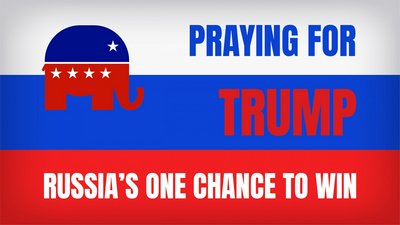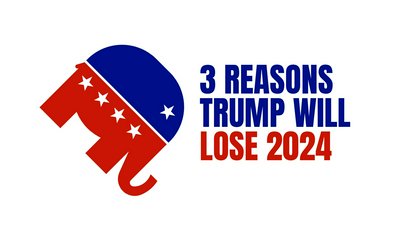economyParis
The Road to Hell Is Paved with Good Intensions: Progressive Social Programs Can Spell the End of USD Hegemony
Money-printing to fund social programs can be worse for the hegemonic status of USD than money-printing to inflate asset bubbles and to fund foreign wars.
Published by Dr Jiulin Teng on 18 Feb 2021 · Updated on 25 Jul 2021

In recent years, growing demand for new social programs such as UBI (Universal Basic Income) and student loan forgiveness from the American left are mingled with the call for paradigm-changing issues such as Medicare for All. Emerging in an environment of “Modern Monetary Theory”, these demands can lead to the evaporation of the purchasing power of the US Dollar and, thereby, hasten the (perhaps inevitable) decline of the hegemon.
Medicare for All Is Different from Money-Printing Programs
Paradigm-changing issues such as Medicare for All can be implemented in a way that increases efficiency, reduces price, and lessen the burden on the taxpayer and the downward stress on the USD. It must not be confused with “money-printing” social programs.
On the other hand, UBI and student loan forgiveness will certainly increase the purchasing power of the American public in the short run. However, during the last decade and half the manufacturing sector in the US has been in continuous decline: Low interest rates combined with suppressed purchasing power of the public have led US corporations to engage in activities such as stock buybacks. This means that the level of supply is not adapted to increasing demand, should that take place. Manufacturing has also been shifted outside the US.
When the American public receive more cash on hand, because the supply is ill-adapted to sudden increase in demand, the market will likely experience inflation in consumer products.
Hence, the difference between M4A and UBI et al. is that the former does not expose the US economy to hyper-inflation.
Money-Printing for War & Wall Street Is Different Still
Progressives often demand such “QE for the people” in the same breath as they criticize money-printing that enriches weapons manufacturers and financial institutions. Their criticism of the latter is, in my opinion, warranted. Not only is it a conscious decision to bring the American public to destitute and ME/LA countries to destruction, but it also is exporting inflation in the asset markets across the world, necessitating similar self-destructive measures from all major economies.
Champions of “Modern Monetary Theory”, however, point to the fact that consumer prices have not risen sharply as evidence that in today’s fiat-based system known adverse effects of money-printing can be managed. This is, in my opinion, incorrect:
While consumer prices haven’t risen sharply, prices of financial assets and real estates have ballooned dramatically in the last decade. Anyone older than 20 should be able to recall the increase of price in residential housing, while anyone looking at a chart knows that the stock market, especially in the US, is in a gigantic bubble worse than that before the 1929 crash.
The reason that inflation is not observed in the consumer price index is simply because money that has been created has largely avoided the real economy (the part of economy connected to production).
If money-printing expands to social programs at this point, we will likely see hyper-inflation that, when combined with the upcoming stock market crash, will destroy the US economy, with global ramifications.
That is, while it is unfair to make the rich richer and the poor poorer, as is the case now, when and if we try to make everyone richer by printing money (instead of increasing productivity) the purchasing power of the USD will evaporate. The rich, having valuable assets, will remain rich in whichever system that emerges; the poor will suffer through the crash and come out poorer still.
Is There A Solution?
Theoretically, perhaps. However, the last few US governments have committed deeply into upward transfer of wealth and have created a large wealth gap that cannot be easily addressed. Calls to fill this gap by printing money will only harm the poor even further, for aforementioned reasons.
It will likely be the topic of historians, sociologists, and economists in the decades, if not centuries, to come, but trying to find a graceful method to deflate the bubble and close the wealth gap while addressing numerous social and geopolitical challenges that the US consciously created for itself and the world is a fool’s errand.



